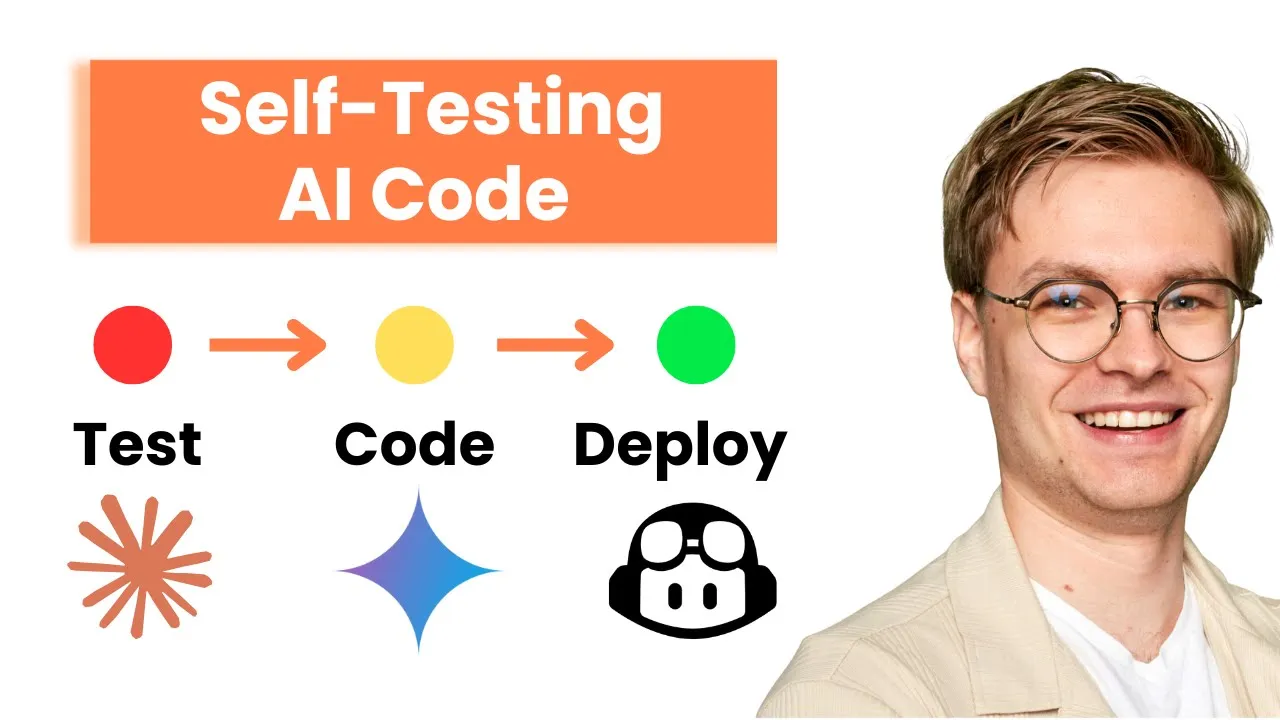Why AI Code Breaks in Production and How to Fix It
AI coding tools promise to revolutionize development, but here’s what nobody tells you: most AI-generated code breaks the moment it hits real production environments. The gap between “it works on my machine” and “it scales under load” reveals fundamental issues with how we approach AI-assisted development.
After working with hundreds of AI-generated code implementations, I’ve seen the same patterns repeatedly. The code looks elegant in isolation, passes basic tests, and impresses stakeholders during demos. Then it encounters real users, actual data volumes, and production constraints where it fails spectacularly.
The Reality of AI Code Quality
AI excels at generating syntactically correct code that solves specific problems, but consistently misses the engineering fundamentals that make code production-ready.
The fundamental issue isn’t with AI capabilities but with our expectations and approach. AI coding assistants generate solutions based on patterns from training data, which often emphasizes functionality over reliability. This creates a dangerous illusion where working code appears robust but lacks the defensive programming principles essential for production systems.
Most developers treat AI-generated code as a finished product rather than a starting point. They run basic tests, see expected outputs, and assume the implementation is complete. This approach ignores critical aspects including error handling, edge case management, resource optimization, and failure recovery mechanisms.
The consequences become apparent under production conditions. AI-generated database queries work perfectly with clean test data but fail when encountering null values, unexpected data types, or high concurrent access. API integrations function flawlessly during development but crash when external services return error responses or experience latency spikes.
Understanding why AI projects fail provides crucial context for recognizing these patterns before they impact production systems.
Engineering Fundamentals AI Consistently Misses
The gap between functional AI code and production-ready code lies in engineering principles that experienced developers apply instinctively but AI rarely implements correctly.
Error handling represents the most critical missing element in AI-generated code. While human developers anticipate failure scenarios and implement comprehensive error management, AI typically generates happy-path implementations that assume everything works as expected. This creates brittle systems that fail unpredictably when encountering real-world complications.
Resource management presents another consistent weakness. AI-generated code rarely considers memory usage, connection pooling, file handle management, or cleanup operations. These oversights create resource leaks and performance degradation that compound over time, eventually causing system failures under load.
Security considerations are frequently absent from AI implementations. While the generated code functions correctly, it often lacks input validation, authorization checks, and protection against common vulnerabilities. These security gaps create serious risks when deployed in production environments.
Performance optimization is consistently overlooked in AI-generated solutions. The code solves the immediate problem but uses inefficient algorithms, unnecessary loops, or suboptimal data structures that perform adequately with small datasets but become bottlenecks at production scale.
Building Production-Ready AI Code
Transform AI-generated code into production-ready implementations through systematic enhancement processes that address reliability, performance, and security concerns.
Start with defensive programming principles for every AI-generated component. This means adding comprehensive error handling that anticipates and manages failure scenarios gracefully. Implement timeout mechanisms, retry logic with exponential backoff, and circuit breakers that prevent cascading failures when external dependencies become unavailable.
Resource management requires explicit attention in AI code enhancement. Add proper connection pooling for database interactions, implement cleanup mechanisms for file operations, and ensure memory-efficient data processing patterns. These changes prevent resource exhaustion and maintain system stability under varying load conditions.
Security hardening transforms functional AI code into secure implementations. Add input validation for all external data, implement proper authentication and authorization checks, and apply security best practices including parameterized queries and output encoding. Regular security scanning identifies vulnerabilities that AI commonly introduces.
Performance optimization addresses scalability concerns in AI-generated solutions. Profile the code under realistic load conditions, identify bottlenecks, and optimize algorithms and data structures for production performance requirements. This often involves replacing naive implementations with more efficient approaches that maintain functionality while improving performance characteristics.
Systematic Code Enhancement Process
Develop reliable processes for transforming AI-generated code into production-ready implementations through systematic review and enhancement procedures.
Code review processes must adapt to address AI-specific concerns. Traditional reviews focus on logic correctness and style consistency, but AI code requires additional scrutiny around error handling completeness, security vulnerability assessment, and performance impact evaluation.
Testing strategies need expansion beyond functional verification. Implement stress testing to evaluate performance under load, security testing to identify vulnerabilities, and failure scenario testing to validate error handling effectiveness. These comprehensive testing approaches reveal issues that basic functional tests miss.
Integration validation becomes critical when incorporating AI-generated code into existing systems. Test all interface points, verify compatibility with existing error handling patterns, and ensure the new code doesn’t introduce performance regressions or security vulnerabilities into the broader system architecture.
Monitoring and observability implementation enables early detection of production issues. Add comprehensive logging, performance metrics, and error tracking to AI-enhanced code components. These monitoring capabilities provide visibility into system behavior and enable rapid response to production issues.
The key to successful AI-assisted development lies in treating AI-generated code as raw material rather than finished products. By applying engineering fundamentals systematically, you transform potentially fragile implementations into robust, production-ready systems. This approach enables you to leverage AI productivity benefits while maintaining the reliability standards essential for production environments.
Understanding these enhancement processes becomes increasingly important as organizations adopt AI coding tools for complex system development, where the gap between working code and production-ready code becomes more critical.
To see exactly how to implement these code enhancement processes in practice, watch the full video tutorial on YouTube. I walk through each step in detail and show you the technical aspects not covered in this post. If you’re interested in learning more about AI engineering, join the AI Engineering community where we share insights, resources, and support for your learning journey.

